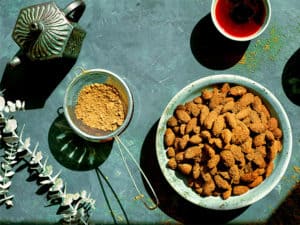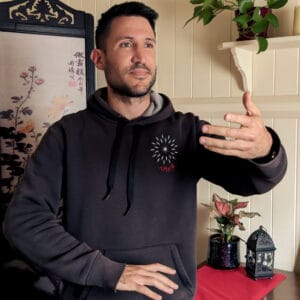
My personal practice is guided by the framework of my Daoist tradition, Da Xuan, and my Teacher, Serge Augier. The tradition specifically asks that we practice every day and there are a never ending list of practices to do. As such it is constantly moving as I progress through certain aspects of the tradition. In general, each day I have some time dedicated to 1) developing the physical body, 2) improving the breath and circulation, and 3) cultivating the mind. For the physical aspect, we use basic exercises and internal martial arts practices to create a body that is well aligned, strong, deeply relaxed, grounded and united as a whole so that it operates without fighting itself, free of unnecessary tension. To regulate the emotions and improve the breathing and circulation we have basic breathwork as well as more in depth practices of specific qi gong and internal alchemy. The mind is developed by way of focus exercises, drills for projecting and observing the mind, and later deep meditative practices for the transmutation of the mind and spirit. I generally do 30 – 60 minutes practice of each of the three categories every day.
Our school also has an in depth theoretical side, where we study psychology, personality archetypes (bazi), environmental patterns (feng shui), change (yi jing), face reading (mian xiang) and traditional chinese and daoist medicine, so I do my best to include a bit of study each day too.
Very occasionally I dabble in maintenance or exploration of other physical capacities such as natural movement (mostly climbing trees, which is super fun!), bodyweight strength, weight lifting and stretching. This is mostly a “just for funsies” ordeal, with no real structure or progress involved, and probably happens less than monthly. It is fun to see the effects that the Daoist training has on these other skillsets!
2. What turning points have you encountered on your movement journey?
I would say my journey has had a few critical turning points. The first was the end of my time with my first Chinese Martial Arts teacher, Dapeng Wang. When he stopped teaching his classes, I was hungry for more and this pushed me to explore other systems and modes of practice. I got involved for some time with Gymnastic Bodies, then as an instructor for MovNat, training Stretch Therapy with Kit Laughlin, investigating the Ido Portal method, teaching alongside and learning from Simon Thakur (Ancestral Movement), as well as Emmet Louis (Modern Methods of Mobility).
At some point I ran into Dave Wardman and Physical Alchemy, and it was during my time hanging out with Dave and experimenting with his methods that another critical junction occurred – this one is far less easy to explain and I recommend checking out Dave’s book when it comes out for more details about this change. In short it was a dramatic change in the way I perceived the world and what was perceived, almost like emerging from the haze of a daydream.
The third turning point kind of happened in tandem with the second one mentioned above. It was the beginning of my training with Serge Augier in Da Xuan, and a series of realisations that this 1,500 year old system had everything I was after inside it and that the forays into the various other methods could not get me there. I remember one day when I did 4 or 5 hours of strength, flexibility and movement work and I just felt like I hadn’t really done my training for the day until I went and did my Daoist practice.
3. What role has injury played in cultivating your current niche?
After spending a great deal of time pursuing certain movement capacities, I kept running into the fact that my body, regardless of its skill level and strength and flexibility, was permanently locked in a struggle against itself and fighting every step of the way. This was highlighted on several occasions where known tensions produced injuries of increasing severity. The last was an injury of the deep tissues of my lower back and sacrum which left me unable to walk, stand up, or do much at all for a full week. This was the final nail in the coffin so to speak and lead to me dropping the great majority of physical practices I was doing in favour of pursuing the Daoist practices which were clearly resolving these issues (as well as doing other amazing things!).
4. Do you consider yourself a teacher? Why or why not?
Yes, I teach my tradition as a full time profession. I have taught workshops in more than 20 countries across the world, as well as guiding a cohort of online students through the foundations of the Da Xuan traditional practices. I have taught various physical practices for more than a decade, and formally Serge Augier made me an instructor of the Da Xuan tradition in mid-2017.
5. What has been your experience with physical education, both in the schooling system and sought out knowledge/ know-how elsewhere?
The physical education in the schooling system and in general in Australia is quite terrible to be honest. We are a sports centric nation but the great majority of sporting and other physical performance is done at heavy cost to the physical (let alone the emotional and mental!). Therapeutic treatments are also incredibly poor in general – many people have ongoing appointments with physiotherapists and the likes with little to no results because a complete change in framework is needed. Oddly enough, all things in the universe seem to have their equal and opposite force and Australia seems to have produced some of the best minds in the world in the territory of good physical development. They have not really burst into the scene that is known by the general public yet, but it seems inevitable that it will occur at some point, once the old systems have come to a boiling point of obviously not producing useful results.
It has been interesting for me too to bring the Chinese/Daoist approaches of physical training to people in the west. While not everyone wants to dive head first into a big Daoist practice (fair enough!), I still find it very useful to share these very different approaches to learning and to physical training to use as supplementary and sometimes therapeutic practices to help them continue doing what they love, or occasionally give them a new perspective on their existing practice!
6. How do you involve your mind/ emotions into your physical routines?
As mentioned in part 1, our tradition has a full syllabus of work on the mind and a complete separate syllabus for work on the breath/emotions. The tradition makes use of the alchemical concept ‘Solve et Coagula’. This means to separate (solve – dissolve) things to their base material and work on them until they are perfected before bringing them back together to integrate into the whole (coagula – coagulate). Generally speaking we spend the good part of the first cycle (6-8 years) with the practices intentionally separated into practices for the physical body, practices for the breath/circulation/emotions and practices for the mind/spirit. However typically they begin to leak into each other and cross pollinate without a specific effort by the practitioner. Intention plays a huge role in the results of practices, so it’s important that if for example you are doing your physical practices and the emotional aspects or mental aspects become apparent, that you do not scatter your intention and begin working on them instead. Rather we want to stay with whatever practice we started with – if we are working on the physical we just want to work on the physical without diverting our attention to practicing our breathing or focus. There are exceptions to this with certain practices, and as we get into more advanced stages it becomes possible to do some or all together at once but we never start like this.
7. What are your personal aspirations regarding movement? How do you hope to find purpose and use in the skills you have built?
This was actually one of the questions that prompted my move from general movement practices to the specific practices of my daoist tradition. I remember one day quite clearly: I had just completed my first ever muscle up and was walking to the shops to meet some friends for lunch and considered what use having learned that skill served me during my walk and social times. I had this idea that everything would be better once I could do a muscle up (or insert any other flexibility, strength or movement feat here). The reality was that nothing really changed, my walk to the shops was much the same. Besides the general strength increase, which I get from training the Daoist way too, it didn’t seem to me that it was a particularly useful skill to have. Since stopping this kind of training the amount of times I’ve needed a muscle up or any specific calisthenics in my life is precisely zero (unless I’ve specifically wanted to go do something for fun, which is a wonderful motivation if that’s what you’re into! I just realised that for the most part I wasn’t into it).
On the other hand the removal of excessive tension and the freeing of my body, the opening of the breath and circulation, and the calming of the mind, have all made mundane moments like walking around and chatting to my friends increasingly more vibrant and alive. I feel stronger, with less effort required to express that strength, my joints feel more open, my body (and mind and emotions) feels less and less like it’s in a constant battle with itself and so instead it talks and sings to me with a wonderful spectrum of sensations that were muted by tension even when I was capable of difficult acrobatics. And still it improves, still I find more tensions to drop, more opening and ever deepening freedom and big circulation in a way that I couldn’t conceive of in the past. I’m very much looking forward to what else might be possible that I can’t conceive of today and what other wonderful things might become a normal part of my everyday life.
8. How can people find/ contact you? Do you have a site or social media handle to share?
I have all of those things! Here’s a list:
https://community.
https://www.facebook.com/
https://www.instagram.com/
https://www.youtube.com/c/
I’m also happy for people to contact me directly by email if they want to chat or ask questions: [email protected]
Craig’s Recent Blog Posts

Expectations & Experience
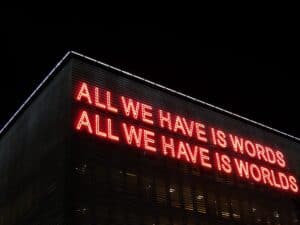
The Problem with Language

Cultivating a Skeptical Mind
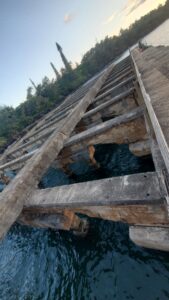
Clarifying Motivations & Losing Expectations

Keys to Longevity
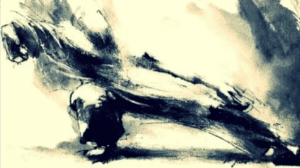
An Introduction to Daoist Training
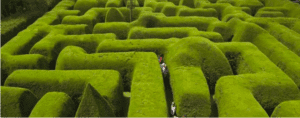
Am I Doing It Right?
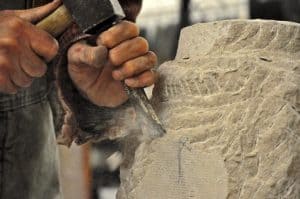
Removing, Not Adding
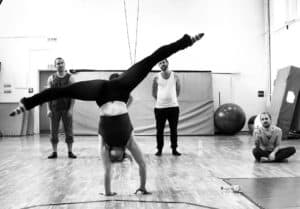
Reorienting Towards Pain
